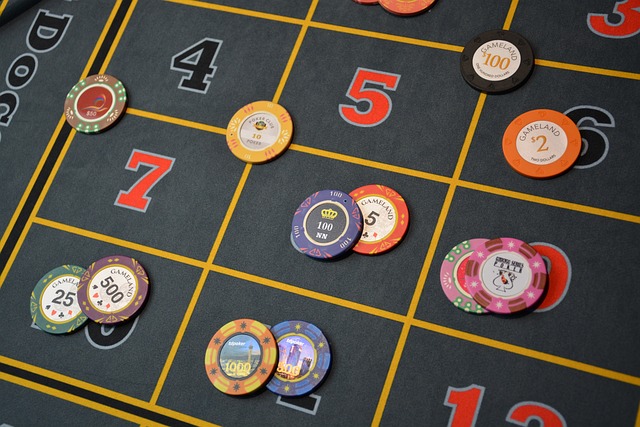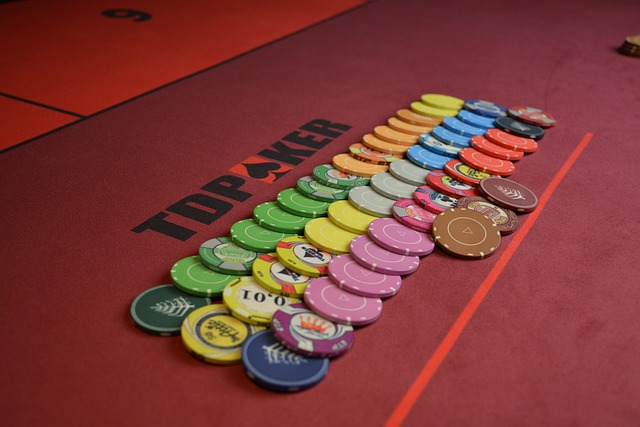Performance isn’t just a technical concern—it’s a business one. In gambling apps, especially in VR, slow start times, visual stutter (jank), and the absence of offline functionality can directly impact user retention, play session length, and ultimately, revenue.
Players expect fast, seamless access to their games. If your app takes too long to load, stutters during key interactions, or fails gracefully without internet, you’re losing both first-time users and loyal players. Performance is the silent killer of engagement—or the quiet multiplier of ROI.
Why Performance Metrics Matter More in Gambling
In gambling, trust and tempo are everything. Players want fast access, reliable feedback, and smooth visuals—especially when real money is on the line. Even minor technical friction can reduce spend, increase churn, or trigger user complaints.
Unlike standard games, gambling apps involve deposits, withdrawals, bet confirmations, and regulated fairness—all of which increase sensitivity to app performance.
The Three Critical Areas of Gambling App UX
- Start Times
- Runtime Smoothness (Jank)
- Offline and Recovery Modes
Each has direct impact on how long users stay, how often they return, and how much they spend per session.
Start Times: Seconds That Cost Sessions

Every second your app takes to launch increases the chance of abandonment. This is especially true in VR, where users wear headsets and expect quick entry into immersive environments.
Target Load Times (Mobile and VR)
| Platform | Acceptable Load Time | Ideal Load Time |
|---|---|---|
| Mobile | < 5 seconds | < 3 seconds |
| VR Headsets | < 10 seconds | < 6 seconds |
If you’re seeing higher numbers, start with asset loading audits. Prioritize lazy loading, optimize compression, and use async initialization for non-core features.
Tip: Kill the Loading Wall
Don’t leave users staring at static screens. Use branded animations, live updates, or mini-games during load to reduce perceived wait time. But keep assets light—don’t solve one problem by creating another.
Jank: The Hidden Drain on User Trust
Jank refers to visual stutter or inconsistent frame rates. In gambling apps, this can have a major psychological impact. If a slot reel or card shuffle doesn’t appear smooth, players may assume the outcome is rigged or broken—even if the backend logic is fine.
Where Jank Hurts the Most
- Spins and Reveals: Jerky animations reduce perceived fairness.
- Bonus Rounds: Complex 3D environments often drop frames.
- Input Lag: Delayed tap or grab registration frustrates players, especially in timed events.
Best Practices to Reduce Jank
- Lock core gameplay at 60 FPS minimum (90+ for VR).
- Profile and isolate GPU spikes using scene-level metrics.
- Offload UI rendering from game logic to keep interactions fluid.
If you can’t hit these targets, degrade visuals gracefully—don’t let performance crash unpredictably.
Offline Modes: Fallbacks That Retain Users

Most gambling apps depend heavily on network connections. But full dependency is risky. Intermittent connectivity—especially in VR or mobile use cases—can break sessions and force users to quit.
When Offline Support Matters
- Onboarding: First impressions should work even without data.
- Session Recovery: Reconnect and restore bets, hands, or positions without user action.
- Mini-Games or Practice Modes: Let users stay engaged even without wagering.
Offline functionality doesn’t have to support full gameplay—but it should support user momentum. Let people explore the UI, view past results, or test mechanics without real bets.
Quick Wins for Offline UX
- Cache tutorial flows and non-wagering content
- Use retry logic for actions like logins or spins
- Visually indicate offline status without blocking the interface
Table: Impact of Key Performance Issues
| Issue Type | User Impact | Business Risk |
|---|---|---|
| Long Load Times | Abandonment before gameplay | Lower new user conversion |
| Visual Jank | Perceived unfairness, user complaints | Reduced session trust |
| No Offline Mode | Session breaks, app exits | Lower retention, poor reviews |
Final Takeaway: Smooth Beats Flashy
Flashy graphics and novel features won’t matter if your app stutters, stalls, or fails to load. Gambling users—especially in VR—have high expectations and low patience for technical friction.
Start times, jank, and offline recovery aren’t minor engineering issues. They’re key levers of revenue and retention. Optimize them early, monitor them constantly, and treat performance as part of your core UX strategy—not just a backend checkbox.
